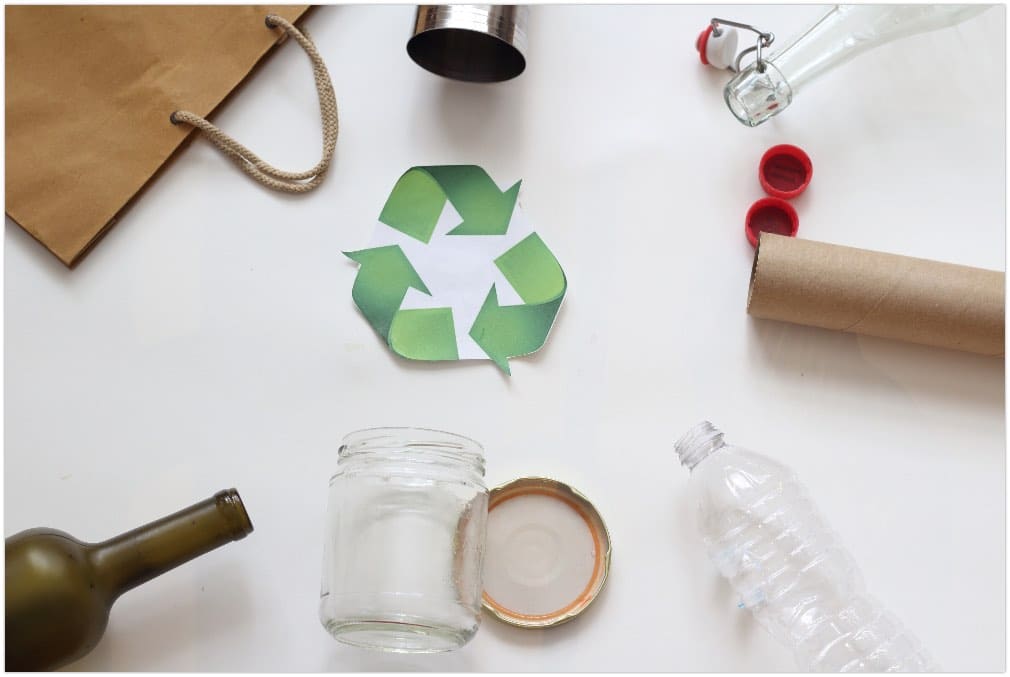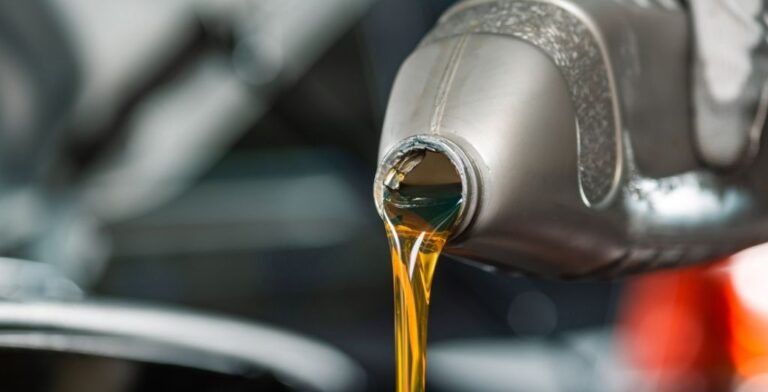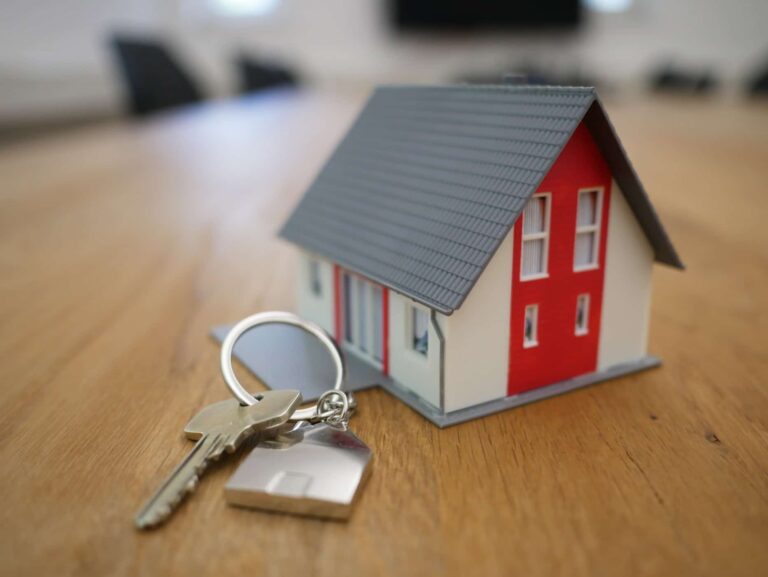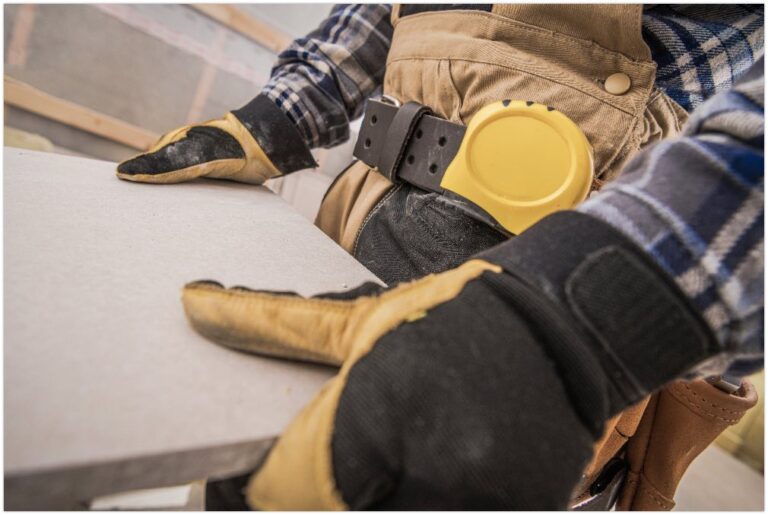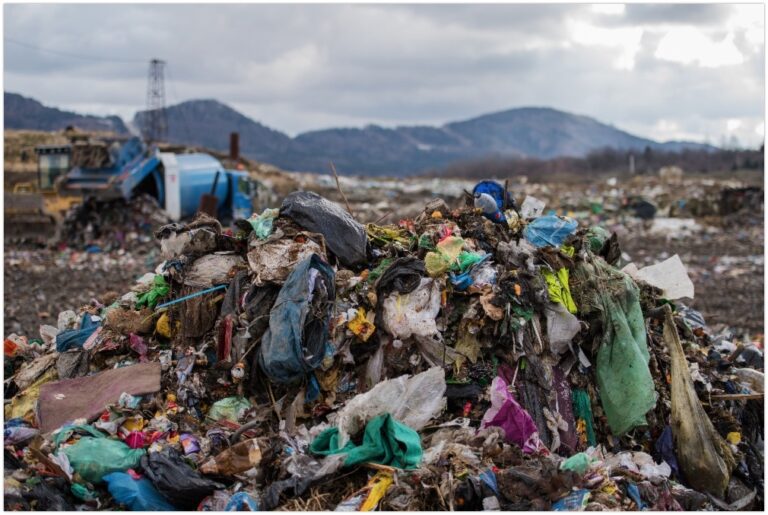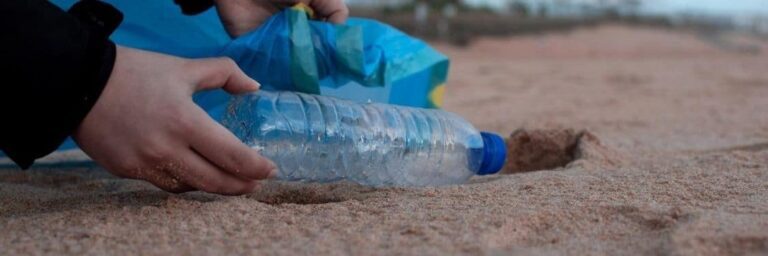While the craze for recycling goes on, you might think it’s the best way to reduce all our waste. But it is not the real score, though. The waste hierarchy can guide you to a series of preferences— from the most favourable to the least preferred actions— in reducing all your waste.
Every year, each Australian generates 2.7 tonnes of waste. If you’re going to sum it up, we might not have enough space for our overladen landfills. That’s why the waste hierarchy gives a set of priorities to solve such issues— guiding how your household, business and other industries can sustainably manage all waste production.
The waste hierarchy establishes preferred priority programs toward sustainability, environmental conservation and a futuristic approach to solving our rubbish production. On that, following the waste hierarchy can guide you in making smart choices on product consumption and garbage disposal.
Waste Hierarchy: Less Waste, More Resources
The waste hierarchy is a concept that promotes waste avoidance before you can head to the recycling and disposal process. The common slogan of this hierarchy is ‘reduce, reuse and recycle’— commonly used for educational campaigns, waste reduction and recovery. The goal here is how you can establish a preferred disposal method in your household and commercial rubbish.
Although this slogan is environmentally friendly, it’s undeniable that these actions are the least common ones. It’s also because not all rubbish in your home is possible for reduction, reuse and recycling methods.
Here is the ultimate guide you can follow from the top to the bottom of the waste hierarchy:
Waste Reduction and Avoidance
Waste reduction and avoidance land at the top of the hierarchy. As the highest priority, waste avoidance is essential to reduce the surging rubbish in your household, neighbourhood, industrial sectors, and government. Reducing the extracted and used virgin raw materials is possible when you avoid unnecessary consumption.
Preventing and reducing wastes generation is attainable when you change your daily choices through:
- Opting for products that require fewer resources and with the least packaging possible
- Avoiding single-use plastics and other disposable products
- Purchasing products that are recyclable, reusable, repairable, refillable and biodegradable
- Using leftover food rather than dumping it in your bins
- Buying fewer items and products than needed
Recovering Resources from All Your Wastes
The second priority in the waste hierarchy, resource recovery, can guide you towards maximised options for reuse, recycling and recovering all resources from your rubbish. If waste avoidance doesn’t work for you, resource recovery can help you solve your waste issues.
Resources recovery provides you with many options for managing all your waste effectively. Where waste reduction and avoidance become ineffective for you, reusing your rubbish means no further processing and avoiding costs from recycling. At this point, you can repair, reuse and sell your unwanted items or even donate them to charities.
Next to reusing your waste is recycling. Recycling all your waste requires a mechanical process, thus, you need to make sure that every recyclable item goes to your nearby recycling facilities. When recycling all your rubbish is not feasible, it’s possible to incinerate all these and harness the heat to generate electricity for the community.
Waste Treatment and Disposal
Reusing, recycling, and resource recovery are inappropriate for some of your household or commercial rubbish, particularly your hazardous wastes or asbestos. The final stage of the waste hierarchy recognises your harmful wastes— where require immediate treatment and disposal. Although it is the least preferred way to manage your unwanted items, it’s the most commonly used and well-recognised method across Australia.
In A Nutshell
The waste hierarchy can guide you on a step-by-step prioritised process of managing all your rubbish. Despite its comprehensive nature, rubbish treatment and disposal are the commonly practised level in the waste hierarchy. That’s why households, industries and government should carefully take this hierarchy into practice to attain sustainable waste management.
At Paul’s Rubbish Removal, we are your one-stop-shop for eco-friendly and comprehensive services in eliminating all forms of waste you got. Our over ten years of experience allow us to establish an excellent partnership with all recycling facilities across Sydney. We make sure to sort, properly dispose and recycle most rubbish in your household, commercial and industrial spaces.
We are in one team to practice and establish the waste hierarchy— enabling us to create services that target to obtain sustainable and greener environments. Contact our accommodating staff at 0407 125 125 so you can have a first-hand experience with our top-notch rubbish removal services.
